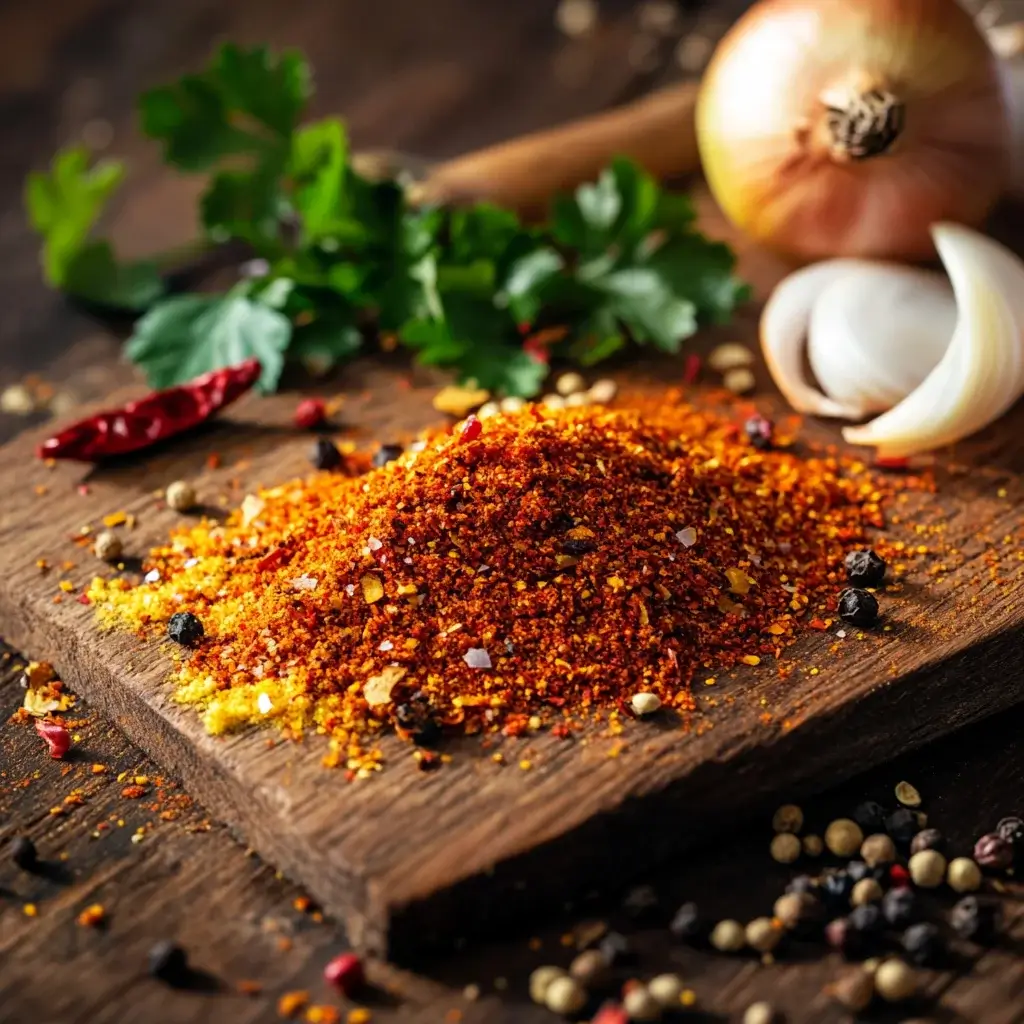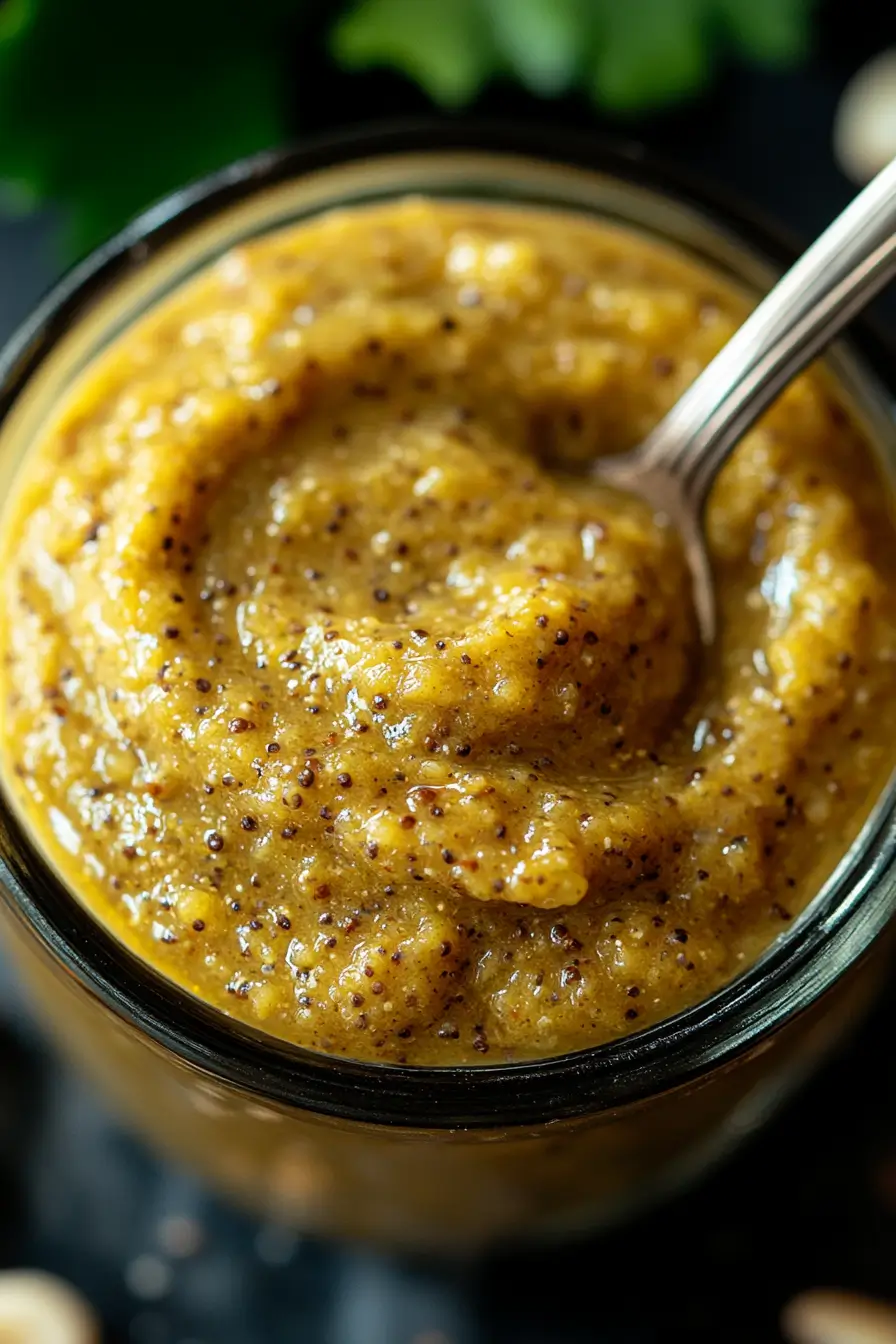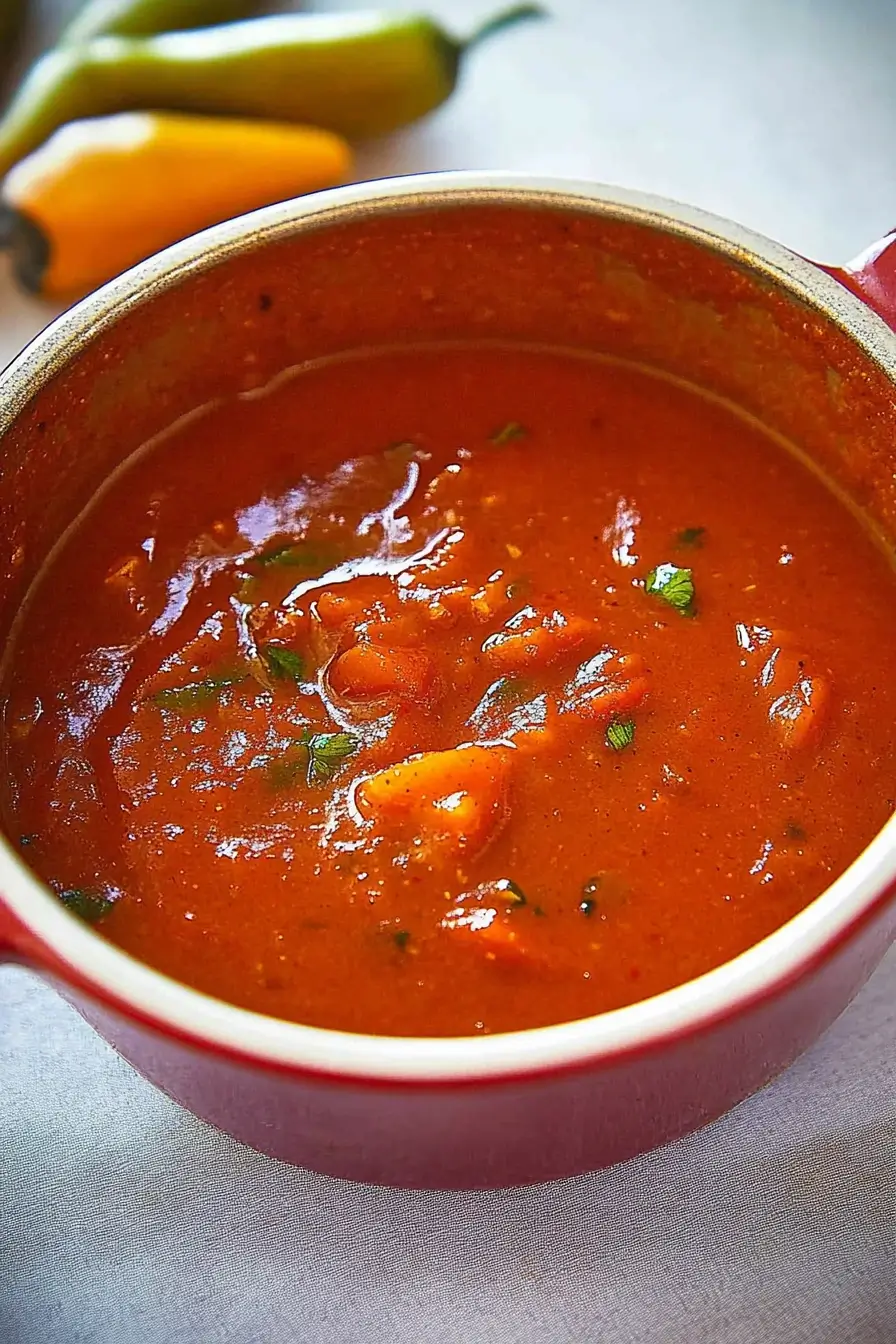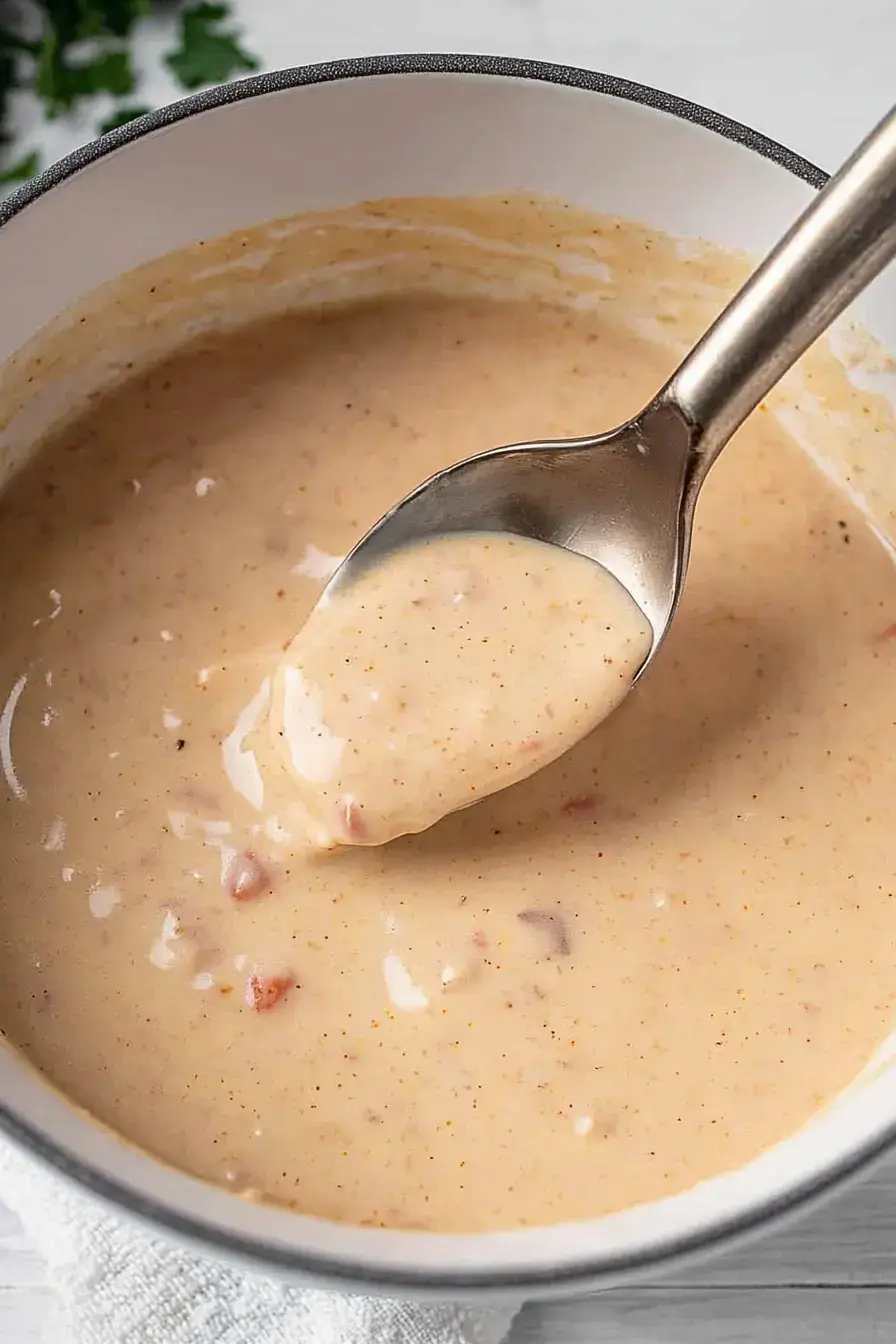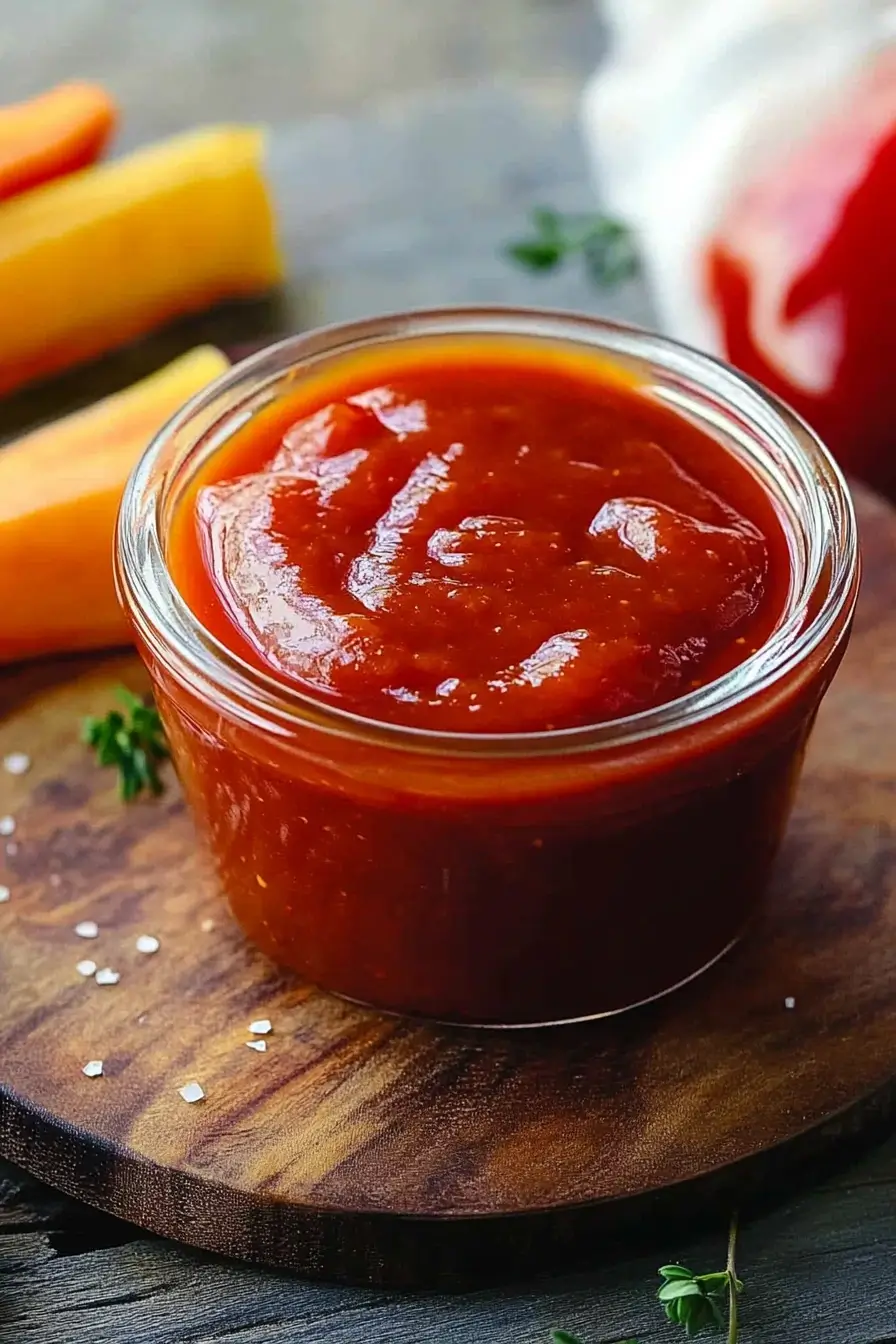There’s something unforgettable about the first time you smell a perfectly balanced lule seasoning recipe—a rich wave of allspice, sumac, and paprika that wraps around you like warm smoke from a backyard grill. This aromatic blend of spices is the soul of traditional Lule Kebab, but its magic goes far beyond skewers. Earthy, smoky, and tinged with a bright citrus snap, this seasoning is the secret to elevating meats, vegetables, and even humble grains into deeply flavorful dishes rooted in centuries of South Caucasian cooking.
What Makes This Lule Seasoning Recipe Unique
At its heart, this lule seasoning recipe is more than a mix of spices—it’s a heritage preserved in scent and taste. It carries the DNA of Armenian and Azerbaijani kitchens, where grandmothers used whole spices and open flames to bring depth to everyday meals. This blend balances earthiness with brightness, thanks to the floral-citrus kick of sumac, the warmth of coriander, and the complexity of sweet paprika. Each ingredient contributes to the bold identity of this mix.
It’s the kind of seasoning that clings to your fingertips long after you’ve closed the spice jar, leaving a trail of anticipation as you prep the grill. And though it shines in Lule Kebab, it’s versatile enough to use on roasted cauliflower, spiced lentils, or even scrambled eggs.
Traditional Flavor Notes of Lule Spice Blends
Authentic lule seasoning recipes often begin with toasted whole spices—coriander, cumin, and black pepper—ground fresh for intensity. These are layered with sweet paprika and garlic powder, grounded by the subtle bitterness of sumac and the soft licorice echo of ground fennel or anise. While blends may vary slightly from one family to the next, the goal remains the same: a smoky-sweet-earthy harmony that evokes the fire of the grill and the richness of slow family meals.
Ingredients List for the Lule Seasoning Recipe
This lule seasoning recipe yields approximately ¾ cup (enough to season 2 pounds of ground meat or use across 8–10 dishes). Use the freshest whole or ground spices you can find—this will dramatically affect flavor.
- 2 tablespoons sweet paprika
- 1 tablespoon ground coriander
- 1 tablespoon ground cumin
- 1½ teaspoons ground allspice
- 1 tablespoon sumac
- 1 tablespoon garlic powder
- 1 teaspoon freshly ground black pepper
- ½ teaspoon ground cinnamon
- 1 teaspoon ground fennel (or anise seed)
- 1 teaspoon dried oregano
- ½ teaspoon crushed red pepper flakes (optional, for heat)
- 1 teaspoon kosher salt (adjust to taste)
Optional:
- ½ teaspoon ground cardamom (for floral warmth)
- ½ teaspoon smoked paprika (if grilling isn’t involved)
To create a more vibrant seasoning, consider lightly toasting whole coriander, cumin, and fennel seeds in a dry skillet before grinding.
Essential Tools for Making Lule Seasoning at Home
Crafting a great lule seasoning recipe is about precision, freshness, and technique. These tools help get the most flavor out of your spices:
- Mortar and pestle or spice grinder: Use to freshly grind toasted whole spices. A burr-style spice grinder or electric coffee grinder reserved for spices works best.
- Dry skillet or sauté pan: Toasting whole spices before grinding boosts aroma and flavor.
- Small mixing bowl: For blending all ground and pre-ground spices evenly.
- Funnel and airtight spice jar: Store your finished blend in a glass jar with a tight-fitting lid to preserve freshness. Use a funnel for easy transfer.
- Measuring spoons and digital scale: Precision ensures consistent seasoning ratios, especially if you double the recipe.
- Labels and marker: Always date your homemade spice blends—flavor peaks within 3 months of blending.
Making seasoning blends like this is more than a task—it’s a small ceremony. The toasting, grinding, and combining aren’t just steps—they’re acts that connect us to tradition. And by using the right tools, you preserve the intensity and integrity of every spice in this powerful lule seasoning recipe.
Ingredient Additions & Smart Substitutions
One of the joys of this lule seasoning recipe is its flexibility. While rooted in tradition, it welcomes creative tweaks based on what you have in your pantry or your flavor preferences. If you’re cooking for dietary needs, personal taste, or regional availability, here’s how to adjust the blend without sacrificing its soulful flavor.
- Sumac substitute: If you can’t find sumac, a blend of lemon zest and a pinch of citric acid or vinegar powder gives similar tanginess. It’s that bright top note that lifts the earthy spices.
- Fennel or anise seed: For those not fond of the mild licorice hint, you can omit it entirely, or use a whisper of ground star anise instead.
- Cumin: Ground caraway seed offers a similar earthy-warm effect and can replace cumin 1:1 in this lule seasoning recipe.
- Heat options: Want more kick? Increase the crushed red pepper flakes, or add Aleppo pepper for a milder, fruity heat.
- Garlic powder: Some traditionalists use dried garlic granules or freshly grated garlic blended into the meat directly. For a dry blend, stick with powder to ensure longevity.
Regional Variations on Lule Seasoning Blends
Lule Kebab is beloved across Armenia, Azerbaijan, Iran, and parts of Turkey, and each region puts its own twist on the spice mix. In western Armenia, cooks lean into oregano and mint for a grassy brightness. In Iran, blends may include turmeric or saffron, giving the meat a golden hue and a whisper of floral aroma. While this recipe is grounded in Armenian tradition, it invites personalization that respects heritage while embracing your pantry.
This blend reflects the culinary tradition of Lule Kebab, a dish widely recognized across the South Caucasus and featured on TasteAtlas for its distinctive use of warm, earthy spices.
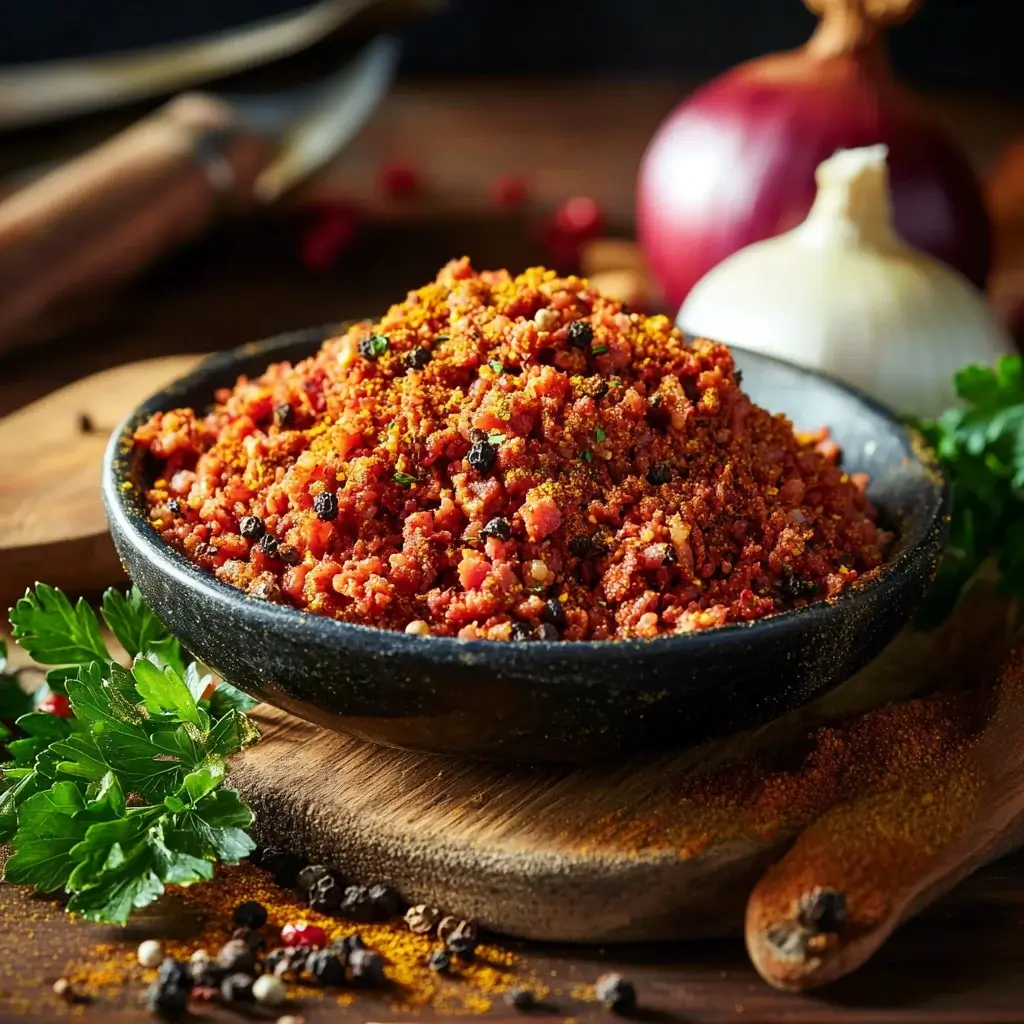
Step-by-Step Instructions for Crafting This Lule Seasoning Recipe
Creating your own spice blend is not just a flavor move—it’s a connection to generations of cooks who measured by hand, toasted by instinct, and seasoned by memory. Here’s how to do it right.
① Toast the Whole Spices (Optional but Recommended)
If using whole cumin, coriander, or fennel seeds, place them in a dry skillet over medium heat. Stir constantly for 1–2 minutes until the spices become fragrant and slightly darkened. You’re not cooking them—just waking them up.
Sensory tip: The moment you smell their aroma bloom, remove them from heat. Over-toasting leads to bitterness.
Let the toasted spices cool for 5 minutes before grinding.
② Grind for Maximum Freshness
Transfer your cooled toasted seeds into a mortar and pestle or spice grinder. Pulse until the mix resembles coarse sand. Fine texture isn’t necessary—in fact, a little texture adds character to the final blend.
If you’re using pre-ground versions, move straight to the mixing step below.
③ Combine the Spices
In a small mixing bowl, combine the freshly ground spices with the rest of the ingredients: sweet paprika, garlic powder, sumac, oregano, allspice, cinnamon, salt, and black pepper. Use a spoon or small whisk to mix thoroughly, ensuring that the color is uniform and all clumps are broken up.
This is the moment where the blend comes alive—earthy reds, deep browns, flashes of gold from the paprika, and the subtle sparkle of sumac.
Chef’s note: Smell the blend. It should be rich and balanced—no one spice should dominate. If it smells flat, try a pinch more sumac or paprika.
④ Rest the Blend (Optional, for Best Results)
Once mixed, let your lule seasoning recipe rest in a covered bowl for 15–20 minutes. This gives the spices time to marry and deepen. This isn’t essential but enhances flavor cohesion.
⑤ Store with Care
Transfer the finished seasoning into an airtight spice jar using a small funnel. Label with the name and the date. Store in a cool, dark cabinet—away from light and heat.
Your seasoning will keep for 2–3 months, though it’s best used within 6 weeks for peak potency. You’ll know it’s time to refresh when the aroma fades.
Bonus Tip: Batch It
This recipe scales beautifully. You can double or triple it and divide the batch into gift jars for foodie friends or keep some near the grill and the rest tucked away for freshness.
Serving Suggestions for Your Lule Seasoning
Once you’ve crafted this deeply aromatic lule seasoning recipe, the real fun begins—finding ways to bring it to your table. While its primary role is in flavoring Lule Kebab, the blend’s versatility allows it to transcend skewers and transform everyday meals into something extraordinary.
Start with the classic: mix 2 tablespoons of the seasoning into 1 pound of ground lamb, beef, or chicken. Add minced onion, a dash of olive oil, and form into cigar-shaped kebabs. Grill over open flame or broil in your oven until browned and sizzling. Serve wrapped in lavash with a scatter of chopped parsley, sumac-dusted onions, and a swipe of creamy tahini or herbed yogurt.
But don’t stop there. This lule seasoning recipe elevates vegetables beautifully. Toss cauliflower florets, zucchini slices, or eggplant rounds with olive oil and a hearty sprinkle before roasting. It brings smoky depth and savory richness that mimic grilled meats.
Love breakfast with a twist? Add a pinch of the blend into your scrambled eggs or mix with roasted potatoes. Sprinkle it over hummus or lentil soup for a warm, savory finish. It even makes an excellent rub for roasted chickpeas or tofu.
Using the Blend Beyond Kebabs
This isn’t just a “kebab spice”—it’s a passport to bold, balanced cooking. Stir a teaspoon into rice while it steams for a South Caucasian aroma, or blend into ground turkey for easy meatballs. Sprinkle on warm pita brushed with olive oil for a fast, addictive snack. Think of this lule seasoning recipe as your new pantry essential—smoky, earthy, and able to cross culinary borders.
Tips for Best Results with This Lule Seasoning Recipe
Great seasoning isn’t just about what you put in—it’s about how you treat the ingredients. Here’s how to ensure your spice blend stays vibrant and delivers every time.
- Use the freshest spices possible: Whole spices hold their oils longer. If using pre-ground, check for a strong aroma. If it smells flat, it’ll taste flat.
- Toast your spices: Dry toasting cumin, coriander, and fennel releases volatile oils that deepen flavor. Let them cool completely before grinding.
- Grind to your preference: A slightly coarse blend works well for rubs, while a fine grind is ideal for mixing into meat or sauces.
- Mix thoroughly: Uneven blending leads to uneven flavor. Use a spoon or whisk until color is consistent.
- Taste the blend before storing: Dip a finger and taste a small pinch—balanced blends should have no sharp edges or one dominant note.
- Use sparingly at first: This blend is potent. Start with 1–2 teaspoons per dish and build up as needed.
This lule seasoning recipe thrives on attention to detail. A few seconds of extra care—toasting, cooling, storing—can turn a good blend into a legendary one.
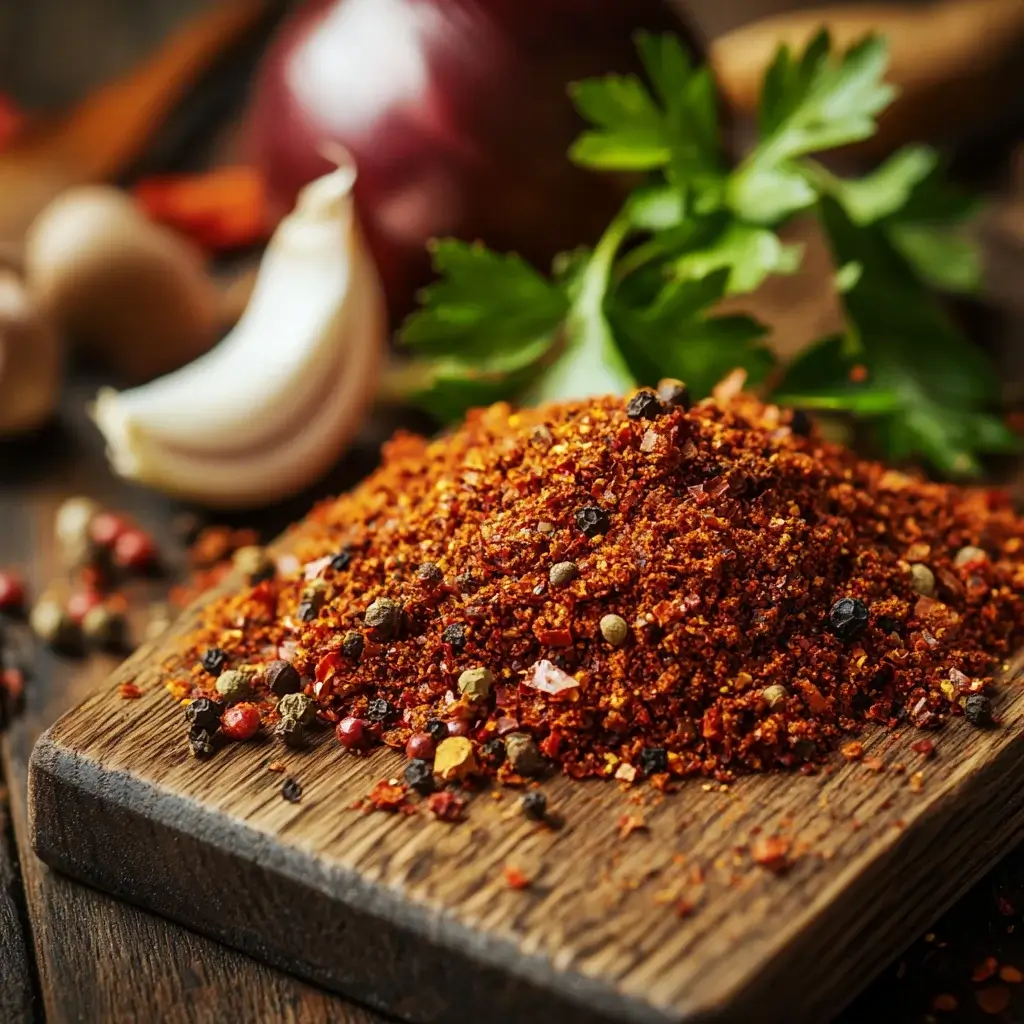
How to Store Homemade Lule Seasoning
To keep your lule seasoning recipe fresh, store it in an airtight glass jar, tightly sealed, and tucked into a cool, dark cupboard. Avoid spice racks near the stove or sunny shelves—the light and heat will dull the flavors quickly.
Label the jar with the name and the date. For best results, use your seasoning within 6 weeks, though it remains viable for up to 3 months. After that, the aroma and potency begin to fade.
Storage Tips:
- Do not refrigerate (moisture can sneak in and cause clumping)
- Keep away from direct sunlight
- Use a clean, dry spoon every time—no fingers, no wet measuring spoons
- If the blend starts to lose aroma, refresh it by re-toasting or mixing in a pinch of fresh spices
Want to take it up a notch? Make a big batch, divide it into small jars, and vacuum seal extras in freezer-safe bags for long-term use. When sealed well, this lule seasoning recipe can last in the freezer for up to 6 months with minimal flavor loss.
This spice blend, born from fire and flavor, deserves that level of care—and in return, it will bring rich, aromatic joy to every meal it touches.
Frequently Asked Questions About Lule Seasoning
Can I make this lule seasoning recipe without salt?
Absolutely. If you’re watching sodium levels or prefer to season meats and dishes separately, simply omit the salt. The rest of the lule seasoning recipe will still deliver bold, layered flavor.
Is this spice blend spicy?
Not inherently. The crushed red pepper flakes are optional. If you want to keep it mild, leave them out. If you enjoy a little heat, increase them or try a teaspoon of Aleppo pepper for a fruitier kick.
Can I use pre-ground spices?
Yes, though for the most vibrant flavor, we always recommend grinding toasted whole spices fresh. That said, high-quality pre-ground spices still work beautifully—just check their freshness by smelling them. If they don’t smell like much, they won’t taste like much.
How is this different from koobideh or shish kebab seasoning?
This lule seasoning recipe is specific to Lule Kebab, with roots in Armenian and Azerbaijani traditions. It emphasizes warm, earthy, slightly citrusy spices. Koobideh (Iranian) often includes turmeric or saffron. Shish kebab blends vary more widely and often lean toward herbal or garlic-forward profiles.
Can I use this lule seasoning recipe on vegetables or grains?
Yes, and you should! It works wonders on roasted eggplant, grilled zucchini, or even a bowl of lentils. Try adding a teaspoon to rice or couscous during cooking for a fragrant base to build any meal.
Conclusion
Spice blends can become rituals—little flavor traditions that echo through every dish you cook. This lule seasoning recipe isn’t just a list of ingredients—it’s a heritage you mix by hand, a story you tell through aroma. It connects your cooking to a rich, centuries-old thread of Armenian culinary culture, while giving you the freedom to explore and adapt.
Whether you’re grilling kebabs in summer or roasting root vegetables in the chill of winter, this seasoning brings fire, depth, and heart to your kitchen. Its versatility is endless, but its soul remains grounded in the smoky, warm, unforgettable essence of Lule Kebab.
So toast your spices, blend with care, and let this lule seasoning recipe become a new essential in your spice drawer. Your next unforgettable meal is only a sprinkle away.
Print
Lule Seasoning Recipe
- Total Time: 12 minutes
- Yield: ¾ cup seasoning (enough for 2 lbs meat or 8–10 servings) 1x
- Diet: Vegetarian
Description
A bold, aromatic lule seasoning recipe packed with paprika, sumac, and coriander—perfect for kebabs, veggies, and grains.
Ingredients
- Base Blend :
- 2 tbsp sweet paprika
- 1 tbsp ground coriander
- 1 tbsp ground cumin
- 1½ tsp ground allspice
- 1 tbsp sumac
- 1 tbsp garlic powder
- 1 tsp freshly ground black pepper
- ½ tsp ground cinnamon
- 1 tsp ground fennel or anise seed
- 1 tsp dried oregano
- ½ tsp crushed red pepper flakes (optional)
- 1 tsp kosher salt
- Optional Additions :
- ½ tsp ground cardamom
- ½ tsp smoked paprika
Instructions
- Toast Whole Spices (Optional): If using whole cumin, coriander, or fennel seeds, toast them in a dry skillet over medium heat for 1–2 minutes until fragrant. Cool before grinding.
- Grind Spices: Grind the cooled whole spices using a spice grinder or mortar and pestle to a coarse texture.
- Mix Ingredients: In a bowl, combine all spices (including pre-ground if not toasting). Stir thoroughly to ensure an even mix.
- Optional Rest: Let the blend rest for 15–20 minutes for flavors to meld.
- Store Properly: Transfer to an airtight jar, label with the date, and store in a cool, dark place. Best used within 6 weeks.
Notes
- For citrus brightness, never skip the sumac or its substitute.
- Use whole spices for max flavor, or high-quality pre-ground in a pinch.
- Store away from heat, moisture, and light.
- Excellent on meat, lentils, eggs, vegetables, and grains.
- Prep Time: 10 minutes
- Cook Time: 2 minutes (if toasting)
- Category: Seasoning
- Method: No-Bake
- Cuisine: Armenian, South Caucasian
Nutrition
- Serving Size: 1 tablespoon
- Calories: 20 kcal
- Sugar: 0 g
- Sodium: 210 mg
- Fat: 0.8g
- Saturated Fat: 0 g
- Unsaturated Fat: 0.8g
- Trans Fat: 0 g
- Carbohydrates: 3.5 g
- Fiber: 1.4g
- Protein: 0.8 g
- Cholesterol: 0mg
More Recipes That Use Lule Seasoning
Looking to explore more ways to use this bold and aromatic lule seasoning recipe? Try these simple, flavorful ideas:
- Slap Ya Mama Seasoning Recipe – A Cajun classic with serious kick, perfect for meat, seafood, or fries.
- Chimichurri Pizza Sauce Recipe – A zesty Argentine twist packed with herbs, garlic, and vinegar tang.
- Louisiana Rub Wingstop Recipe – Dry, spicy, and savory—ideal for wings or roasted vegetables.
- Red Robin Seasoning Recipe – Smoky, salty, and versatile—this copycat blend lifts any grilled dish.
These blends bring heat, depth, and character—just like the Armenian classic you’re now cooking with.
